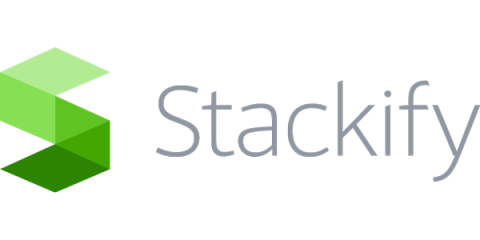Chaos Engineering for ITOps
Chaos engineering (CE) is the discipline of experimenting on a system in order to build confidence in the system’s capability to withstand turbulent conditions in production. This approach is becoming commonplace in software development and operations (DevOps) practices. But how would its application extend to ITOps? CE for ITOps offers a similar framework for stress-testing a technology platform to understand its weak points and performance pitfalls under heavy pressure.










